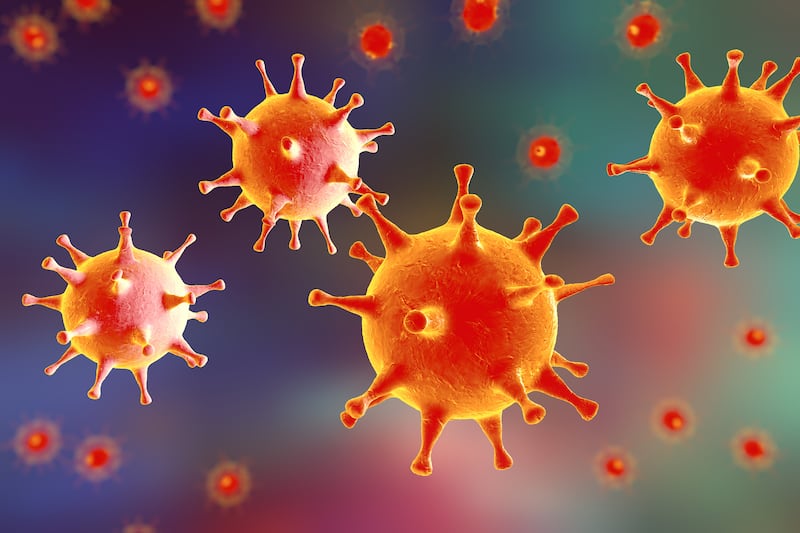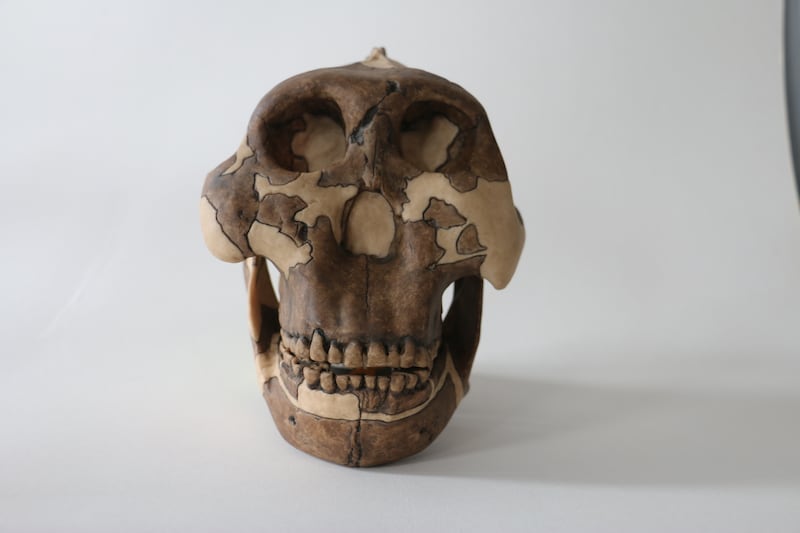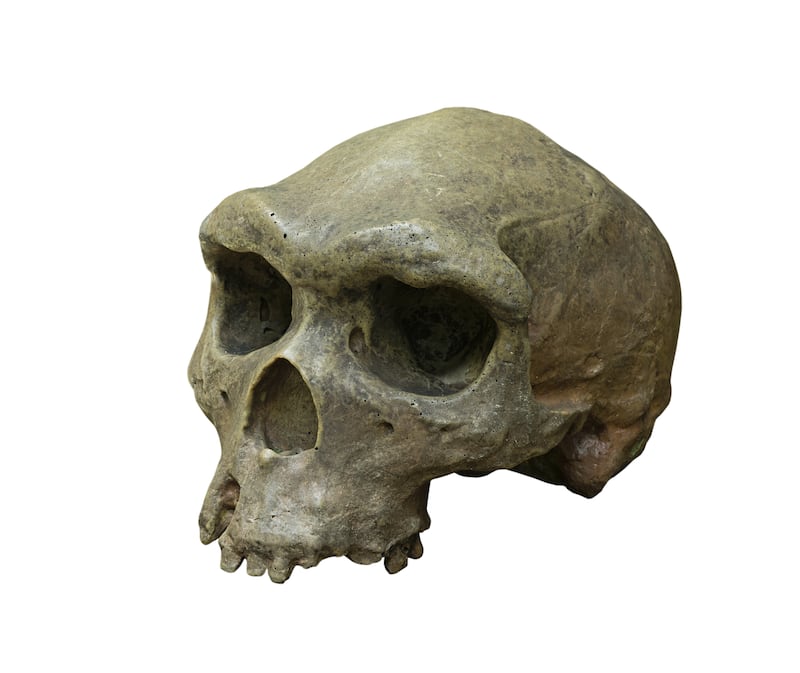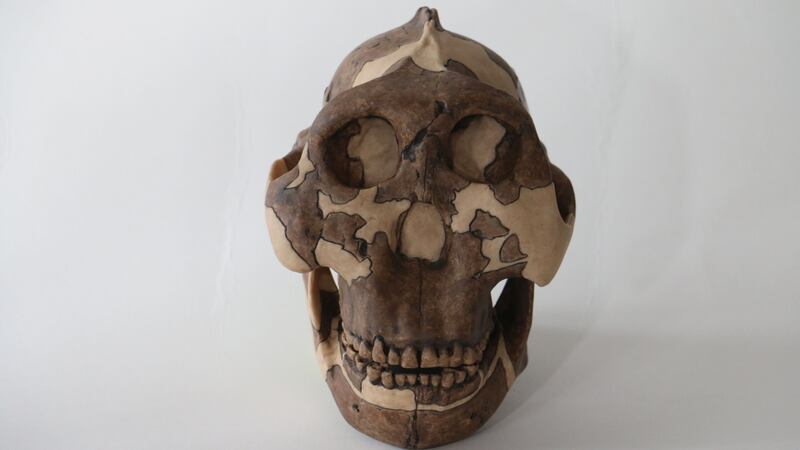Somewhere between 1.4 and 3 million years ago, herpes jumped the species barrier to infect human ancestors.
Today, humans are still living with the virus – but scientists think they’ve just figured out where it came from.
In modern humans the herpes simplex virus manifests in two ways – cold sores (HSV1) and genital herpes (HSV2). The earliest proto-humans took HSV1 with them when our lineage split from chimpanzees around 7 million years ago, but managed to leave behind HSV2.
Humanity didn’t quite dodge the genital herpes bullet though.

A team of scientists from the universities of Cambridge and Oxford Brookes believe they’ve identified the species responsible for helping HSV2 jump from African apes back into our human ancestors. Paranthropus boisei, described as having a smallish brain and dish-like face, is to blame.
P. boisei is a hominin – the tribe to which our species belongs – that complex data modelling shows would’ve been in close contact with Homo erectus back in the day.
The infection is likely to have made its way into P. boisei through scavenged chimp meat, and while hominins with HSV1 may have been initially protected from HSV2, which also occupied the mouth, the virus soon “adapted to a different mucosal niche”.
Aka it relocated to the genitals.

“Herpes infect everything from humans to coral, with each species having its own specific set of viruses,” said senior author Dr Charlotte Houldcroft, a virologist from Cambridge’s Department of Archaeology.
“For these viruses to jump species barriers they need a lucky genetic mutation combined with significant fluid exchange. In the case of early hominins, this means through consumption or intercourse – or possibly both.”
Contact between early human ancestors and P. boisei would’ve been fairly common around water sources, providing the opportunity for HSV2 to settle into our bloodline.
There’s also the possibility that Homo erectus, which appeared around 2 million years ago, around the same time as evidence of hunting and butchery, was consuming the “infected material” from P. boisei.
“By modelling the available data, from fossil records to viral genetics, we believe that Paranthropus boisei was the species in the right place at the right time to both contract HSV2 from ancestral chimpanzees, and transmit it to our earliest ancestors, probably Homo erectus,” Houldcroft added.

Houldcroft and collaborator Dr Simon Underdown, a human evolution researcher from Oxford Brookes, collated climate, DNA and fossil data, which they applied to a model created fellow academic Dr Krishna Kumar.
“Climate fluctuations over millennia caused forests and lakes to expand and contract,” said Underdown. “Layering climate data with fossil locations helped us determine the species most likely to come into contact with ancestral chimpanzees in the forests, as well as other hominins at water sources.”
After some promising leads turned out to be nothing, P. boisei was found to be in the right place and a genetic fit virally.








